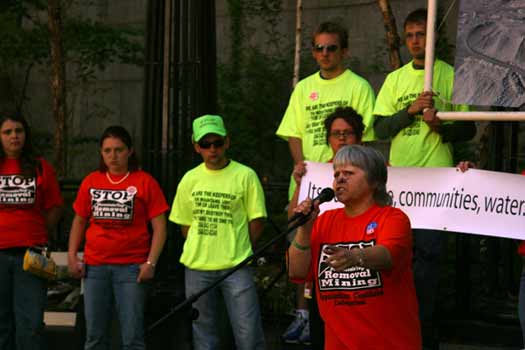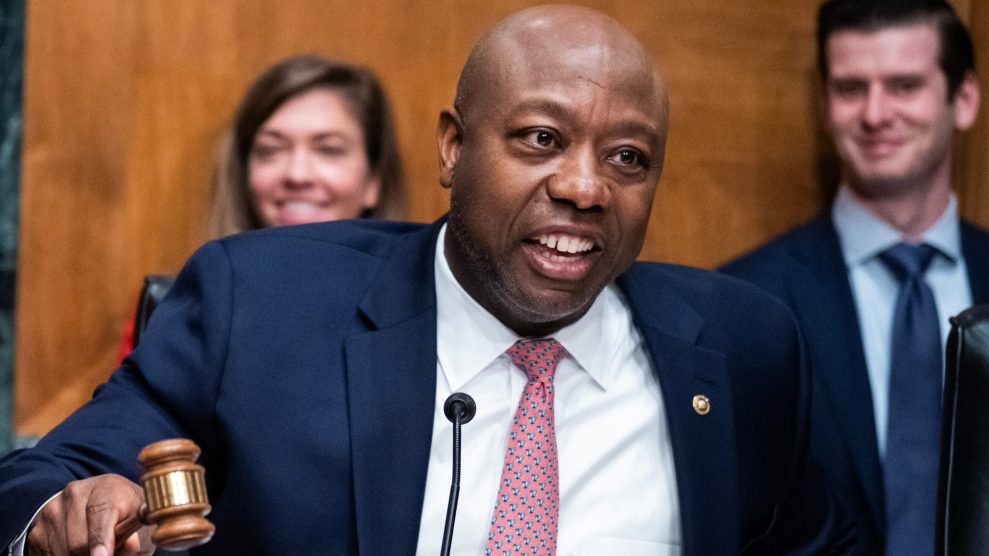Ken Ward has a great piece in the Charleston Gazette yesterday that revealed a previously confidential document demonstrating that there was a less environmentally devastating alternative to the proposed waste disposal plan for a West Virginia strip mine that the Environmental Protection Agency rejected last week. Citing the “irreversible damage” to water and the environment in the surrounding region that would be caused by the proposed waste disposal plan, the EPA last week took the unprecedented step of revoking the mine’s permit under the Clean Water Act.
The 48-page document reveals that Arch Coal, the parent company of mine-owner Mingo-Logan Coal, could have reduced its damage to waterways by half, with very little increased cost for mining coal. But the company rejected that option, seeking instead to use “destructive and unsustainable mining practices,” as the EPA put it last week in announcing their decision. Ward reports:
Permanent and temporary stream burial could have been cut from 8.3 miles to about 3.4 miles under one alternative mining plan developed for EPA by engineer John Morgan of the Lexington, Ky.-based firm Morgan Worldwide.
The alternative mining plan would have raised production costs for Arch subsidiary Mingo Logan Coal Co. by 55 cents per ton, about 1 percent of the expected per-ton sales price, according to the report obtained under the federal Freedom of Information Act.
The full report is here, and Ward offers some more details on it here. The EPA referred to its efforts to find an alternative plan in its announcement last week, but this really demonstrates that there were efforts made to appease the company seeking to undertake the biggest mountaintop removal operation in West Virginia history. After more than a year of discussions between the EPA and Mingo-Logan and apparently with an alternative plan in hand, the company still refused to take the less-destructive path.
You wouldn’t know this from listening to the state’s politicians or the mining industry, who spent last week maligning the EPA for vetoing the permit. The state’s acting governor, Democrat Earl Ray Tomblin, organized a “Rally for Coal” this week in Charleston to protest the move. They’ve all painted this as an attack on the coal industry, but it’s pretty clear that attempts were made to work with the Arch Coal—the company just didn’t want to take them.














